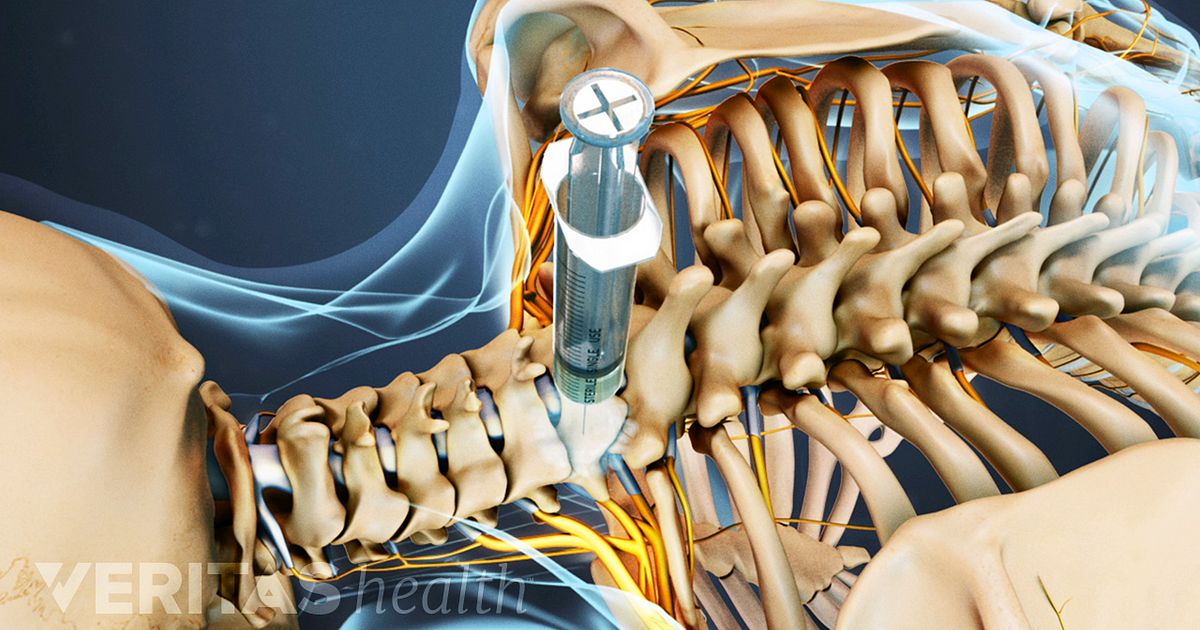
For example, when using a computer, be sure to have the keyboard and mouse adjusted for your physique. Ensure that you use proper ergonomic movements at all times.
Using good posture at all times while both sitting and standing. Strengthening your core muscles via targeted exercises including aerobics, flexion, and extension stretches. Stretching before and after strenuous activity. Some basic practices that you can follow include: Maintaining a healthy physical condition is key to avoiding long-term back pain. Everyone has an episode of temporary back pain from time to time. Prevention is your best strategy for avoiding back or neck pain. Remind yourself daily of the benefits of not smoking. Ask for help from family members, friends, or a support group. Get some physical activity to distract you from the urge. Try to delay the urge like going to a smoke-free public zone. Avoid triggers situations where you typically feel the urge to smoke. Some helpful hints for quitting or resisting the urge to smoke include: We have resources that we can connect you with that can help, just ask. Finally, smoking can keep you from healing after surgery as well as increase the development of blood clots and infections during recovery. Your weakened cardiovascular system can cause walking to become difficult and painful, reducing your activity levels. It also can decrease your physical activity due to deoxygenated blood and damage done to your lungs. Smoking impairs your blood flow and deprives your spine of nutrients and the oxygen it needs to stay strong and healthy. Smoking may decrease your bone density which increases the risk of osteoporosis. It is common knowledge that smoking is bad for your overall health. We have excellent spine surgeons who can evaluate your condition and discuss your surgical options with you. If all of this doesn’t provide relief, then you may be a candidate for spine surgery. Prescription painkillers can be highly addictive and should only be used for short periods and under the strict guidance of a pain specialist. Finally, anti-inflammatory drugs like aspirin, ibuprofen, and acetaminophen can provide short-term relief for the pain. 
If those treatments alone are not enough, then other treatments can include injections, spinal cord stimulators, nerve blocks, or rhizotomy procedures. Some other first steps in nonsurgical treatments can include physical therapy, acupuncture, acupressure and massage therapy, aquatic/water therapy, nutrition/lifestyle changes, cupping, osteopathic manipulation, and chiropractic treatment. First, a healthy active lifestyle is the most important defense to prevent the need for surgery. There are many options other than surgery that you can try. Nonsurgical care of the spine is the first step in getting back to being healthy. Surgery should usually only be considered when all other options have been exhausted.

Yes, our goal at the Spine Center is to get you back to being healthy without the need for surgery.






 0 kommentar(er)
0 kommentar(er)
